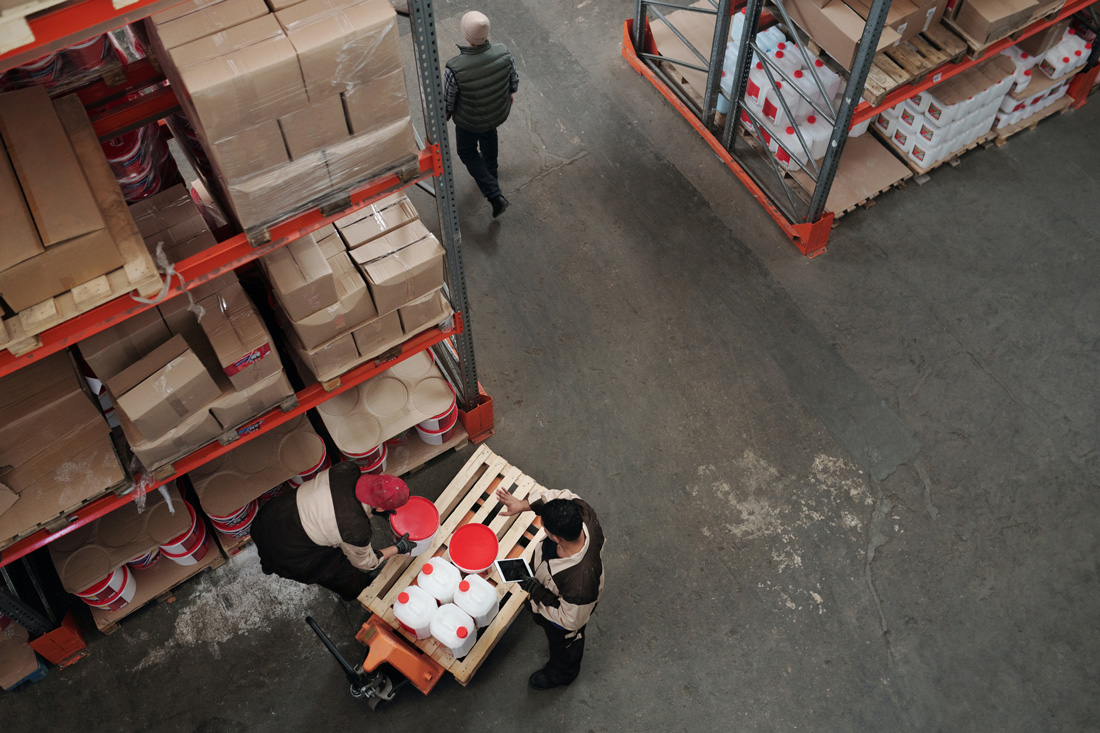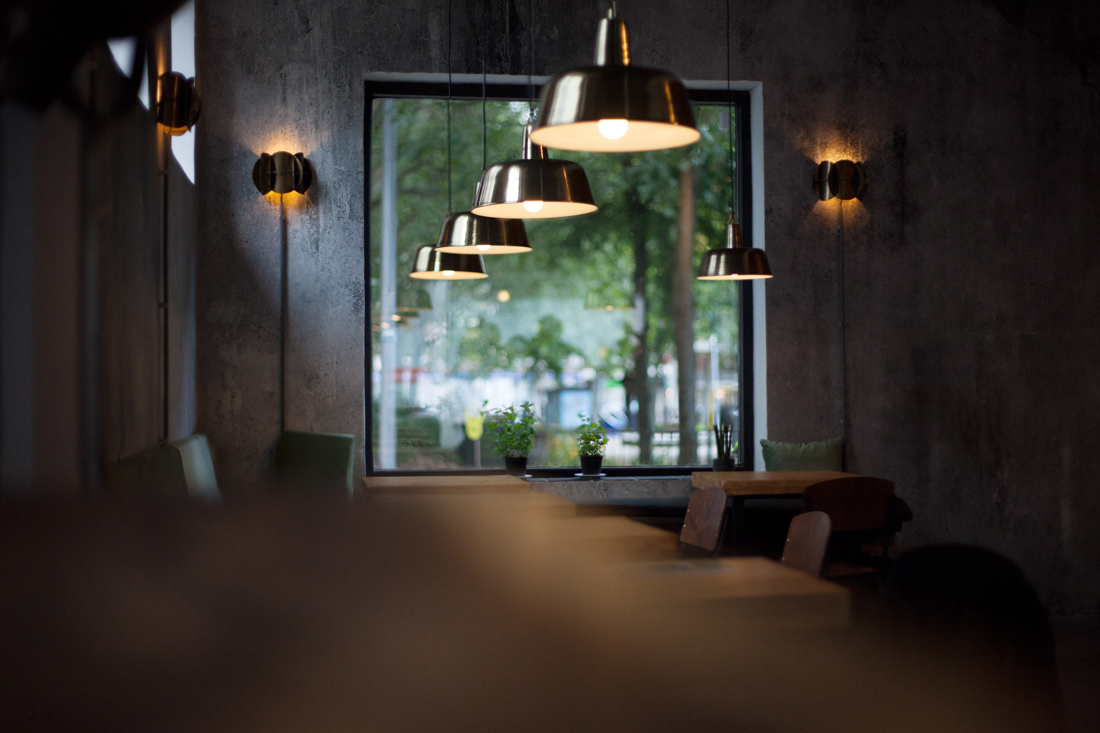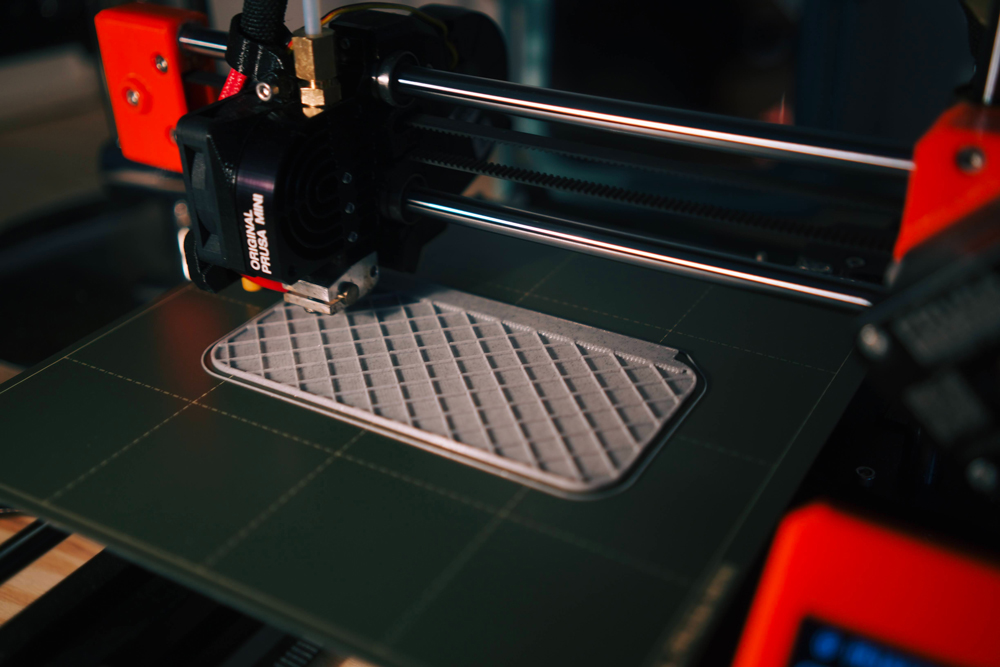share this article
For decades, “just-in-time” was the gospel of global supply chains.
It was efficient. It was lean. It kept costs low and inventory tight — a dream for margin-hungry CFOs and operations leaders alike. But in 2025, with tariffs soaring, logistics in flux, and geopolitical uncertainty lurking around every corner, the dream has become a liability.
Today, the smartest CEOs in retail are embracing a different mantra: Supply chain resilience over efficiency.
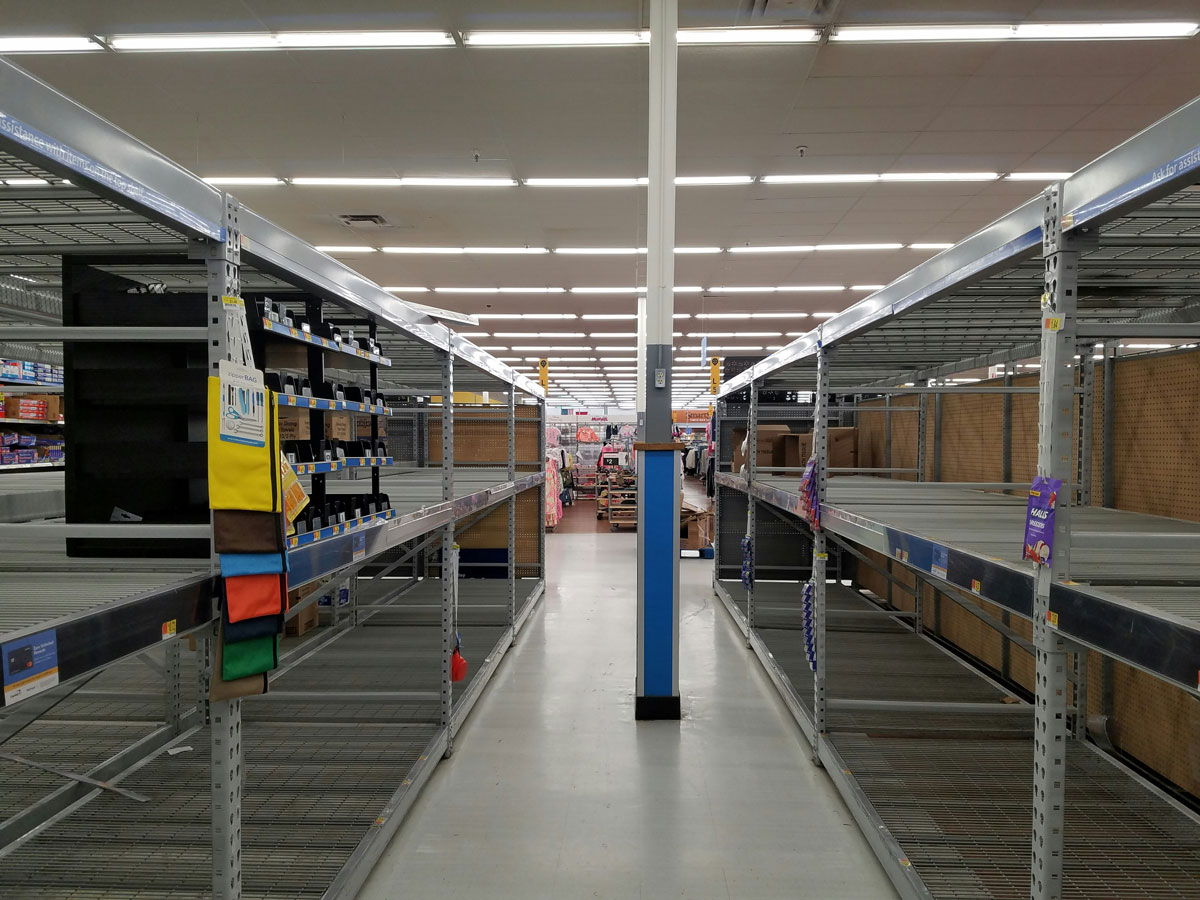
A Crisis Decades in the Making
The cracks in just-in-time logistics didn’t appear overnight. COVID-19 exposed them in brutal fashion. One delay in Vietnam or a port shutdown in Shanghai, and shelves in Chicago sat empty for weeks. Many retailers had no slack in the system — no buffer stock, no backup suppliers, no alternative freight routes. The impact was severe and immediate.
Some adapted. They diversified. They stockpiled. They invested in visibility and redundancy. But just as supply chains were beginning to settle, another blow arrived: a new wave of tariffs, not only on China but across Southeast Asia — Vietnam, Bangladesh, Cambodia, and others. With few low-cost countries left untouched, the old fallback strategy of “move production somewhere else” no longer works.
As one industry analyst recently put it,
“Retailers just learned there’s no place to hide.”
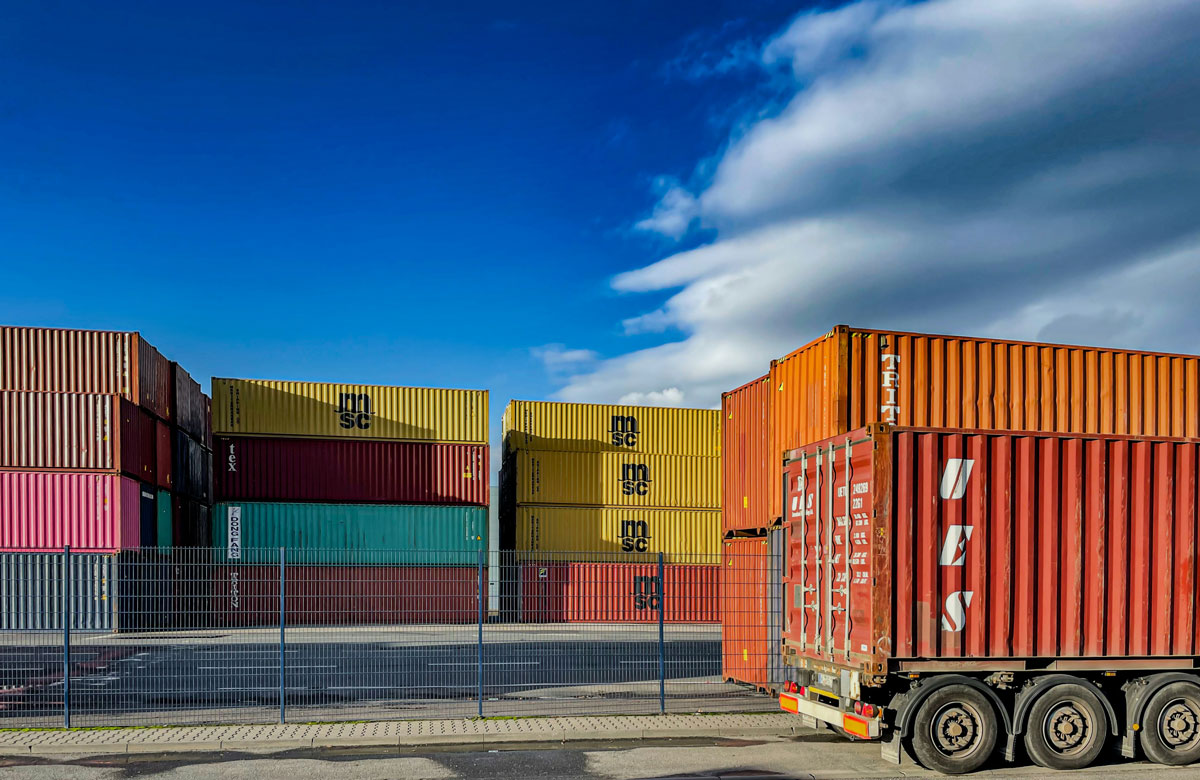
From Fragile to Flexible: The New Supply Chain Playbook
Smart CEOs aren’t waiting for stability to return. They’re building systems that don’t require it.
They’re making resilient supply chain design a core business function.
That means rethinking everything — from how and where goods are produced, to how they’re moved, stored, and sold.
Diversified sourcing is no longer optional. Retailers are spreading production across multiple countries — not just China and “+1,” but to three or four regional partners. Nearshoring, especially to Latin America, is accelerating. Why? Faster lead times, fewer surprises, and in many cases, duty-free access under trade agreements like CAFTA-DR.
At the same time, companies are reintroducing a concept they once abandoned: inventory buffers. After years of minimizing stock to cut carrying costs, retailers are now holding more — not recklessly, but strategically. They’ve learned that the cost of not having product can be far greater than the cost of carrying it.
And underneath it all, there’s a new foundation being laid: technology.
Supply chain technology trends like AI and predictive analytics are giving leaders real-time visibility into disruptions before they become disasters. Automated systems are helping balance inventory across networks. Some retailers have even stood up “supply chain war rooms” — cross-functional teams that monitor logistics, trade policy, and supplier health every day.
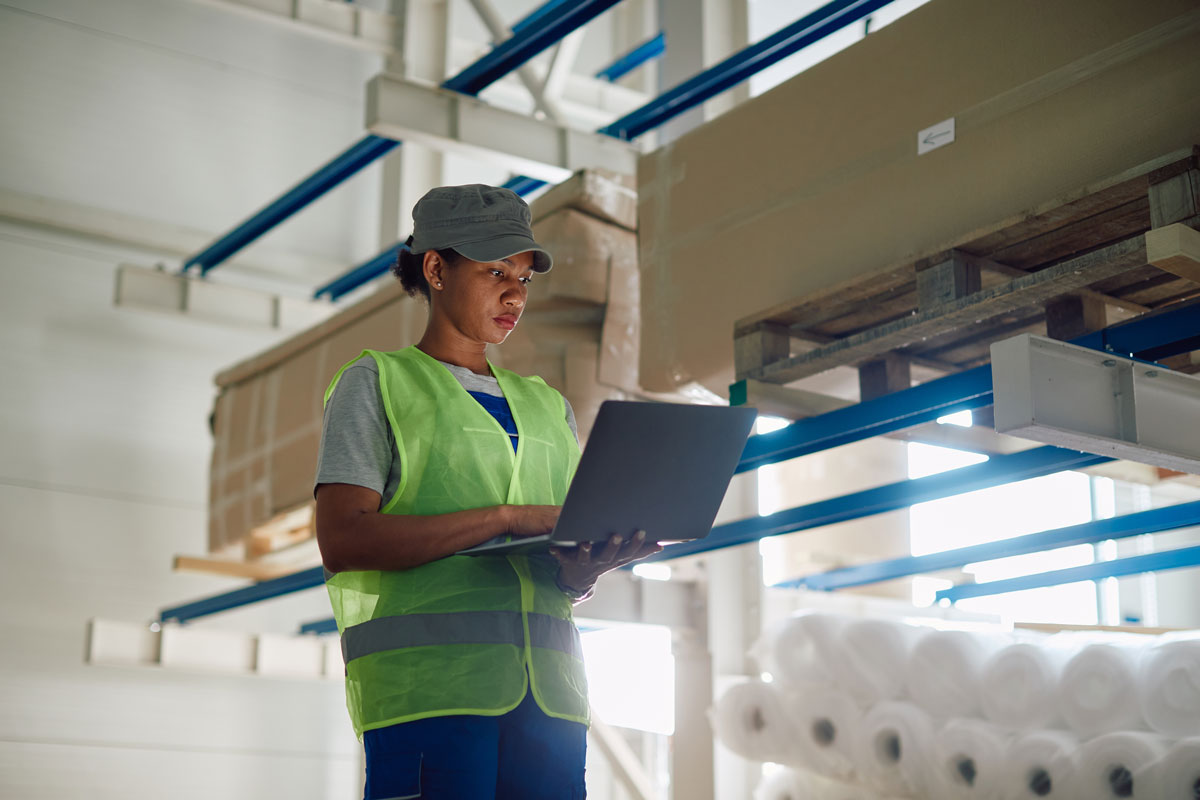
Resilience Isn’t Cheap — But It Pays
Of course, building supply chain resilience isn’t free.
It means more complexity. More relationships to manage. More capital tied up in stock. But after losing billions in missed sales, last-minute freight premiums, and brand damage over the past five years, most CEOs see the investment as insurance — not a luxury.
More importantly, resilience isn’t just about protection. It’s about positioning.
Retailers who’ve built adaptive supply chains are faster to market. They’re better at absorbing cost shocks. They can respond to demand swings with agility, not panic. And in a world where consumers expect instant availability, those capabilities translate directly to loyalty, share, and margin.
The Role of the CEO: From Efficiency Leader to Risk Architect
This shift requires a mindset change at the top.
Efficiency will always matter. But in a world defined by volatility, efficiency without resilience is fragility in disguise. CEOs must now think like architects of supply chain risk management. They need to empower their supply chain leaders not just to deliver products faster and cheaper, but to make the system stronger, smarter, and more shockproof.
That means funding the right tech. Supporting the right sourcing moves. And building a culture that embraces flexibility, not just optimization.
Because the question isn’t whether the next disruption will come.
It’s whether your supply chain — and your brand — will be ready when it does.




